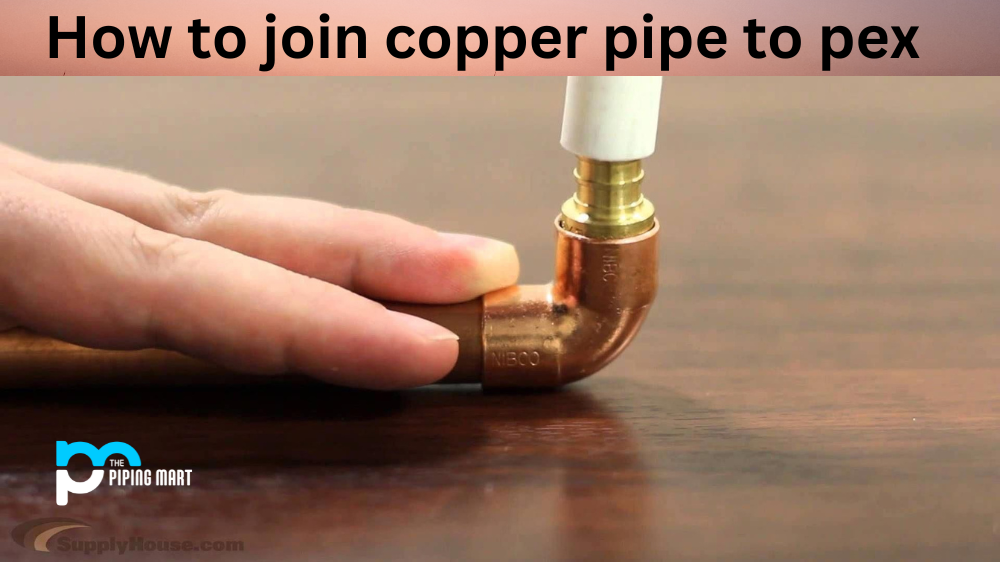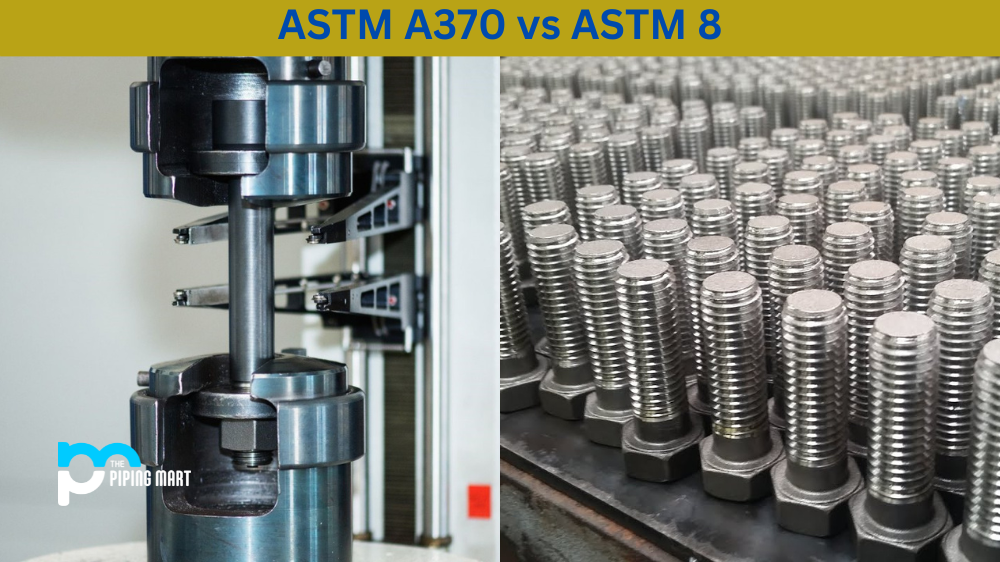Joining copper and PEX pipes together is a common task for many plumbing projects. It’s important to understand the basics of how to join these two types of pipes, as well as the advantages and disadvantages of each type. With a little bit of knowledge, you can make sure that your project is done correctly and efficiently.
The first step in joining copper and PEX pipes is to select the type of connection that best suits your needs. There are several options available, depending on the size of the pipe and the type of application it will be used for.
One popular option for connecting copper and PEX pipes is using compression fittings. These fittings use a nut-and-sleeve design which allows them to be tightened without any additional tools or equipment. This makes them ideal if you need to make quick connections in tight spaces, such as under sinks or behind walls where space may be limited. However, they are not suitable for high-pressure applications due to their lack of strength.
Another option for joining copper and PEX pipes is using push-fit fittings. These fittings utilize a rubber seal that slides over both ends of the pipe before being locked into place with a simple twist or push motion. Push-fit fittings are great for high-pressure applications since they provide superior strength compared to compression fittings. They also require no additional tools or equipment, making them an easy choice for DIYers looking for convenience when working in tight spaces.
Finally, there are solder-based connections that can also be used to join copper and PEX pipes together securely. Solder requires heat in order for it to properly bond with both types of pipe material, so it’s important to have access to an appropriate heat source before attempting this method. Solder offers superior strength compared to other connection methods but can be difficult for some DIYers due to its complexity and potential safety risks associated with working with open flames or hot elements such as soldering irons or torches.
Conclusion:
Choosing how you join copper and PEX pipes depends on several factors, including your skill level, the application it’s being used for, and available space constraints around the area where you’re working on the project. Compression fittings are great for making quick connections in tight spaces but don’t offer much strength when dealing with high-pressure applications; push-fit fittings provide better strength but still require no additional tools, while solder provides maximum strength but comes with greater complexity when compared with other connection types. Regardless of your choice, understanding how each connection works can help ensure a successful outcome when tackling any plumbing project involving Copper & PEX piping!

Meet Bhavesh, a seasoned blogger with a wealth of knowledge and experience. From metal products manufacturing to retail, Bhavesh has a diverse background in various industries and is dedicated to sharing his insights and expertise with readers.




